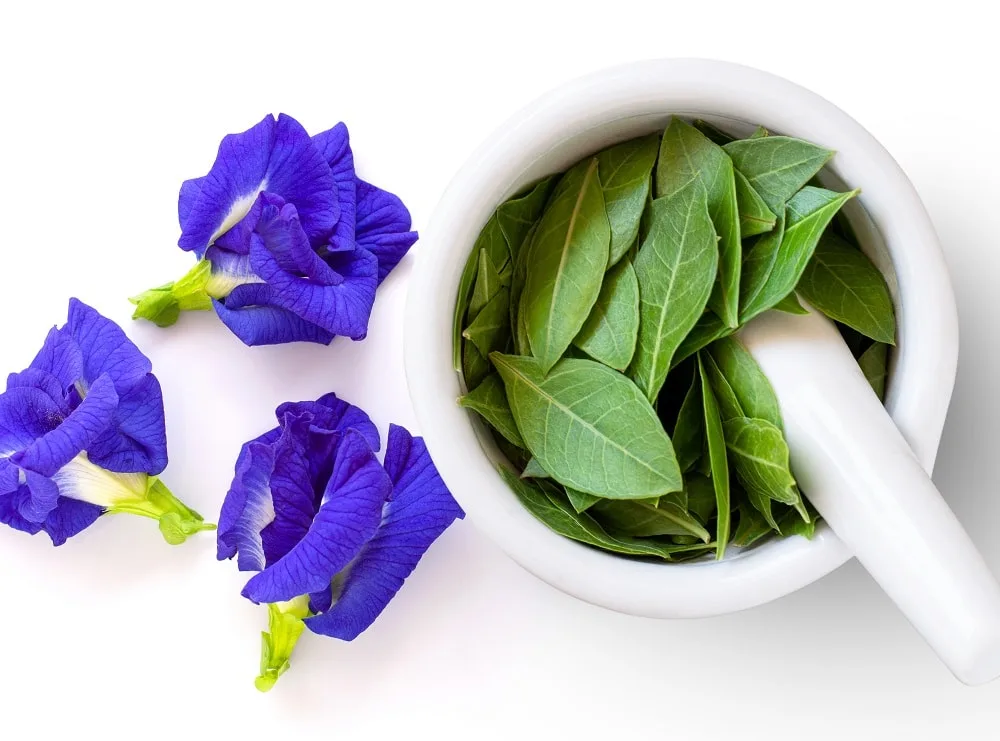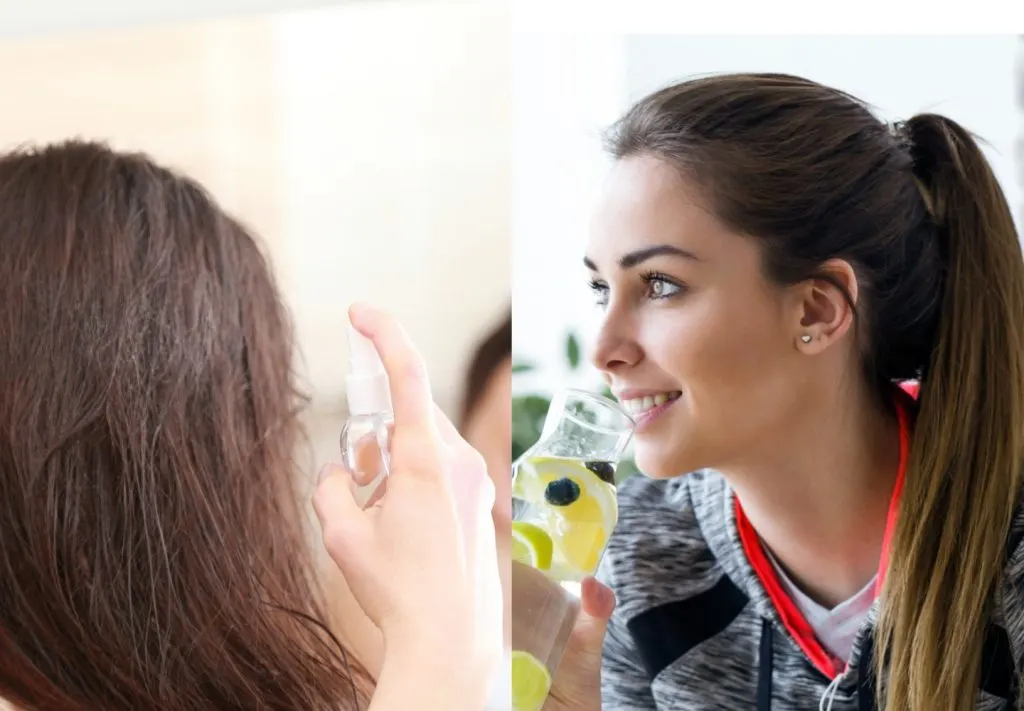Although hair dying does not fundamentally inhibit hair growth, it can worsen shedding. It manipulates the hair structure, making it prone to break. So, dyeing your thinning hair isn’t safe.
In this article, we’ll explain why you shouldn’t dye your thinning hair and what natural alternatives you should try instead.
Is Dying Hair Bad for Your Thinning Hair?
Yes, dying hair can make thinning worse. Hair dyes bond to your hair strands breaking down their structure, which can result in your hair breaking. The breakage is worse in chemically-treated hair or if you apply dyes frequently.
The extent of the damage depends on the type of dye used. Box dyes are far more damaging than those used by professional hair stylists.
Why Is Dying Hair Unsafe for Thinning Hair?

Dying affects your already thinning hair in multiple ways, as follows:
- Demi-permanent and permanent hair colors contain toxic chemicals such as hydrogen peroxide and ammonia, which open the cuticles to enable color molecules to penetrate the hair shaft where the hair color pigments are situated. Opening the hair cuticle loosens the hair fibers predisposing them to breakage. The aggressive chemicals also dry out the scalp and inhibit the healthy growth of your hair.
- Once the hair dyes reach the hair shafts, they weaken them leading to further shedding. The chemicals weaken the protein backbone weakening the shaft. Dyes that lighten the hair color are the most disruptive, as they contain high levels of hydrogen peroxide. Hydrogen peroxide removes the eumelanin pigment in the hair and replaces it with the dye color. It also breaks the distal ends of the hair shaft, resulting in hair breakage.
- The application of hair dye involves hair manipulation, such as rubbing and combing, to enable the color to incorporate into the hair shafts. The manipulation causes the hair to loosen, leading to increased shedding.
- If you dye your hair regularly, the hair cuticles are opened and closed each time you apply the dye for the color to be deposited. The protein backbone and shaft are disrupted and broken down further. Therefore, the hair becomes weaker over time, making thinning worse.
Alternatives for Dying Thinning Hair

If you must color your thinning hair, use natural dyes such as henna, hairpaint and homemade hair dyes made from ingredients such as beetroot juice, lemon juice, carrot juice, etc.
Natural dyes not only enable you to achieve your desired color, but they also offer numerous benefits for your hair.
For example, carrot juice adds an orange-to-yellowish undertone to your hair. It’s also rich in vitamins A and C, which promote scalp and overall hair health.
Another alternative is to have a high dresser color your hair using high-quality products to prevent further thinning or hair loss. You could opt to highlight instead of coloring all the hair. Highlights ensure that the dye does not reach the scalp.
However, it still has disadvantages, as it causes the hair to dry out. If your hair is already dyed or bleached, use a color conditioner to refresh and enhance the color tones instead of reapplying dye.
The color conditioner replenishes the color pigment on the hair shaft, making it stand out more. Such conditioners also contain ingredients such as hydrolyzed silk or milk protein, which moisturize and strengthen dyed hair.
How to Repair Thinning Hair

Avoid dying your hair to prevent the hair from thinning further. In the meantime, incorporate healthy strategies to minimize damage and promote healthy hair growth. Below are some tips for caring for thinning hair:
Avoid washing your hair too frequently. Although regularly washing your hair is essential to prevent dirt and product build-up, washing thinning hair too frequently can make breakage worse. Excessive washing strips the hair of oils, leaving it drier and more prone to breakage.
Use sulfate-free shampoo and follow up with a conditioner. When you wash your hair, use a sulfate-free shampoo as it does not contain harsh chemicals.
Rinse with cool water to help close the cuticles, and apply a generous amount of hydrating conditioner. You may finish with a leave-in conditioner. It helps detangle the hair, boosts moisture, and is a heat protectant when styling.
Air dry the hair. Limit the use of hot tools such as flat iron and blow dry or if you must, use them at low temperatures. Avoid manipulative hairstyles as they worsen hair thinning and cause traction alopecia. For example, avoid holding the hair up in a tight ponytail.
Maintain a healthy hairstyle. Eat nutritious foods, drink at least 8 glasses of water daily, get enough sleep, and avoid stress to promote overall well-being and healthy hair growth.
It is best not to dye your hair if you are experiencing thinning. Hair thinning is a sign of poor hair health. It shows that your hair is already experiencing stress, and dying exposes it to further stress. The harsh chemicals in hair dyes weaken the hair strands causing breakage.
